MULE CROSSING: Hoof Differences in Horses, Donkeys and Mules
By Meredith Hodges
 The old saying, “No foot, no mule” is literally true, as it is in any nomadic animal. If the hooves are not trimmed and balanced properly, it will offset the balance of the equine’s entire body and can compromise longevity in the animal because his entire internal structure will be compromised. Most equines will need to be trimmed or shod every 6-8 weeks whether horse, mule or donkey.
The old saying, “No foot, no mule” is literally true, as it is in any nomadic animal. If the hooves are not trimmed and balanced properly, it will offset the balance of the equine’s entire body and can compromise longevity in the animal because his entire internal structure will be compromised. Most equines will need to be trimmed or shod every 6-8 weeks whether horse, mule or donkey.
Horse’s hooves in general are proportionately larger, rounder and more angled than that of the donkey or mule. The sole of the foot is flat on the ground promoting good circulation in the foot through the frog.
Regardless of the size of the animal, the hooves of the mule will be smaller and more upright than that of a horse of equal size, and should be well sprung and supported, not contracted. They should have a smooth appearance and look sleek and oily. No ribbing should be apparent and the frog should be well extended, healthy and make adequate contact with the ground for good circulation to the hooves. The shape of the mule or donkey foot is more oval and the bottom of the foot is slightly “cupped” which accounts for the surefootedness in the mule and donkey. When being trimmed, the mule should be left with more heel than the horse to maintain the often more upright position that complements the shoulders and hips. If the mule or donkey has a better slope to the shoulders, he might have an angle that is similar to the horse, but he will still grow more heel than the horse. The shape and condition of the hooves of the jack and the mare are both equally important when considering foot development in the mule.
Because donkey and mule hooves are different from a horse’s hoof in that they are more oblong, cupped in the sole, they need more heel left during a trim than the round, flat sole and low heels on a horse. There are, however, a few exceptions to the rule as there are in most generalizations. Most donkeys are relatively inactive and live on moderate ground, so they do grow out in that time period. Some donkeys, like my own Little Jack Horner, are much more active and will wear their feet down naturally.
Miniature Horse

Miniature Mule

Miniature Donkey

Saddle Horse

Saddle Mule

Saddle Donkey

Draft Horse

Draft Mule

Mammoth Donkey

Of course, those that do not have the benefit of good training and conditioning would still wear unevenly and would still need to be trimmed, however, with the correct training and conditioning, they may wear evenly and may not need to be trimmed more than once a year! The same goes for those who would live in rough terrain. They may wear their feet down, but they would still need to be trimmed for balance. Those who are moving correctly may wear down evenly and would not require trims as often.
Failure to have your mule’s hooves regularly trimmed in order to maintain their balance and shape can result in an imbalance in your mule’s feet, which will then cause an imbalance throughout his entire body, inhibiting his performance. However, if trimming is done consistently, the risk of imbalance, accident or injury will be greatly reduced.
There are a lot of things to consider when trimming and shoeing all equines. If the animal is to have shoes, for instance, then they would need to maintain the flat surface of the sole for the shoes to fit properly. It is important that the equine have relief from shoes when they are not being ridden as much. We usually take any shoes off during the winter which keeps the heels from becoming contracted from wearing shoes and promotes good circulation to the foot as the frog can then make contact with the ground more consistently than it can with shoes. A good understanding of the anatomical differences among horses, mules and donkeys is essential for healthy hoof care.
When your farrier is trimming your equine, he should take into account the angles of the shoulder, the forearm, the knees, the cannon bone, fetlock, pastern and the general angle to the entire body when at rest, not just trimming off the excess. This is an anatomical call and only people who are schooled and skilled in this profession should even attempt it or you could run the risk of injuring your animal.
It is commonly known that, when it comes to horses and mules, light-colored hooves are softer and more likely to break down under stress than are the darker, black hooves. Even though the black hoof is naturally harder than the light-colored hoof, if it does not contain sufficient moisture, it can become brittle and can chip away as destructively as can the lighter hoof. Whichever breed of equine you own and whatever the color of their feet, remember that good hoof care is essential for all domesticated equines.
For better or worse, an equine inherits his hooves through his genes. If your equine has inherited good feet—black, oily-looking, and with good shape—then you are fortunate and hoof care and maintenance should be relatively simple. If he has inherited a softer or misshapen foot, you will need to discuss more specialized care with your farrier. Beware of generalizations as they can often be misleading! Each animal should ultimately be assessed individually.
To learn more about Meredith Hodges and her comprehensive all-breed equine training program, visit LuckyThreeRanch.com, MEREDITH HODGES PUBLIC FIGURE Facebook page, or call 1-800-816-7566. Check out her children’s website at JasperTheMule.com. Also, find Meredith on Pinterest, Instagram, MeWe, YouTube and Twitter.
© 2016, 2019, 2021, 2022 Lucky Three Ranch, Inc. All Rights Reserved.



























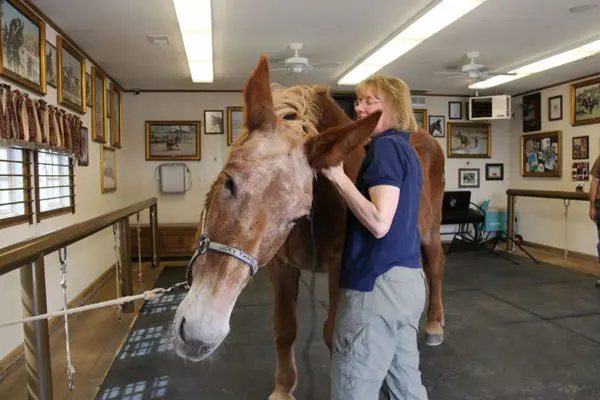
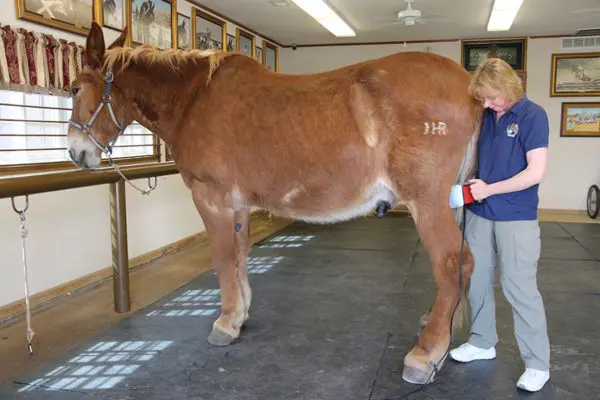
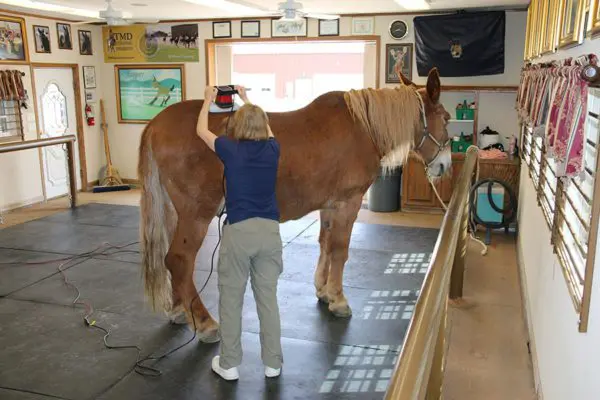
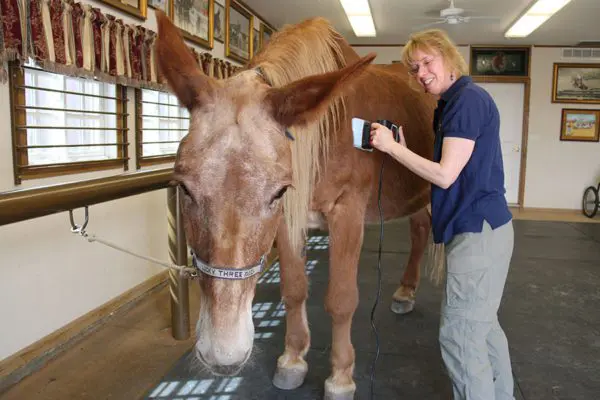
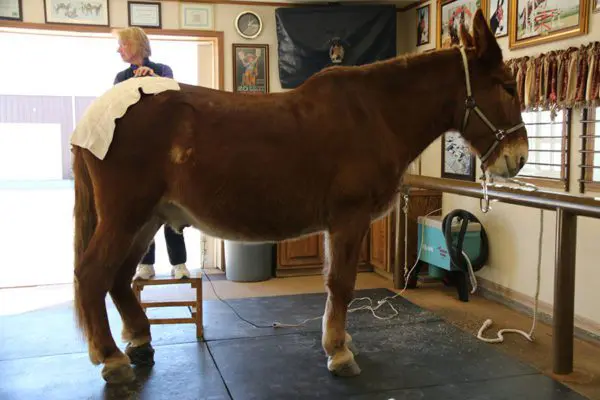
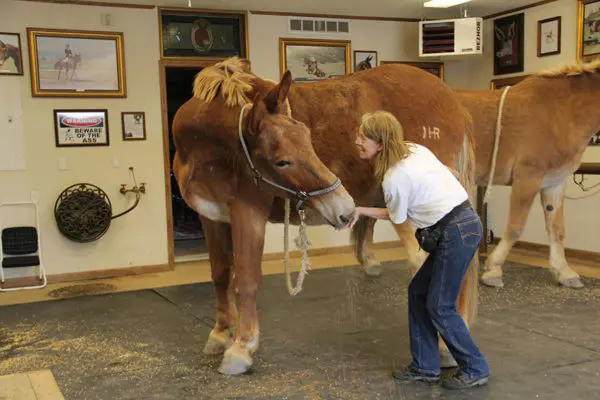
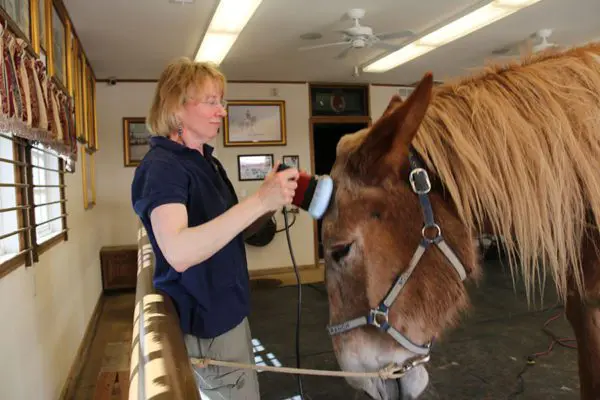
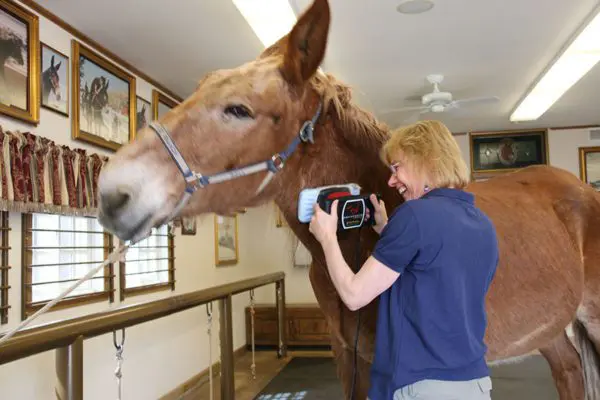
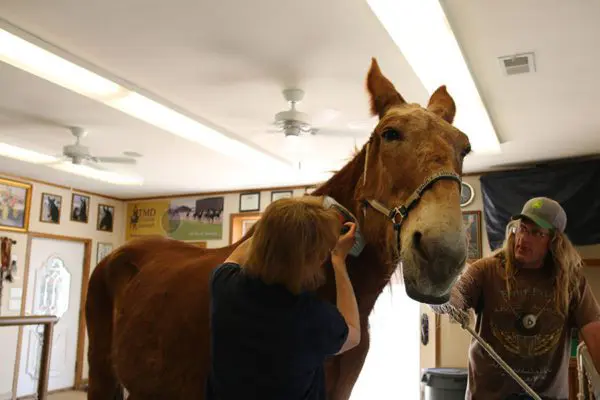
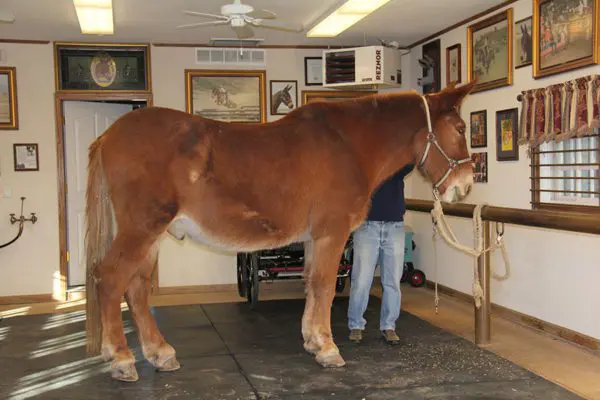
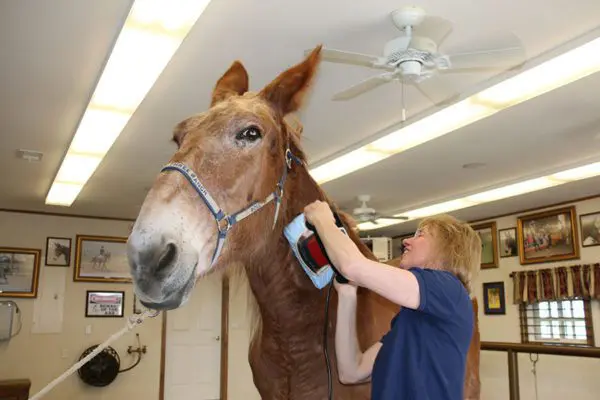
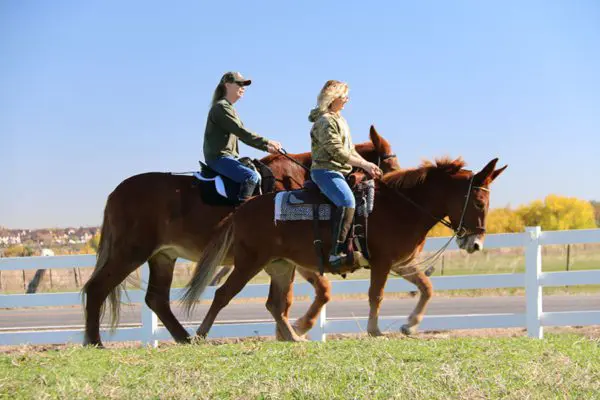
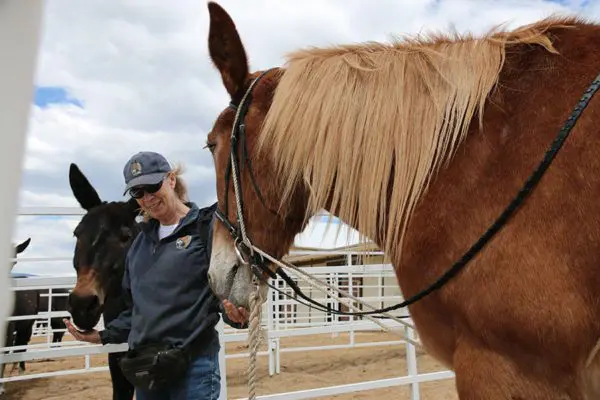











 12/22/17
12/22/17 We have had sarcoids in the past, but this did not seem to be a sarcoid, but rather, a small cyst that was not attached to the bone. Since it was not attached, I made the decision to get it removed before it had an opportunity to become attached to the bone.
We have had sarcoids in the past, but this did not seem to be a sarcoid, but rather, a small cyst that was not attached to the bone. Since it was not attached, I made the decision to get it removed before it had an opportunity to become attached to the bone.


































